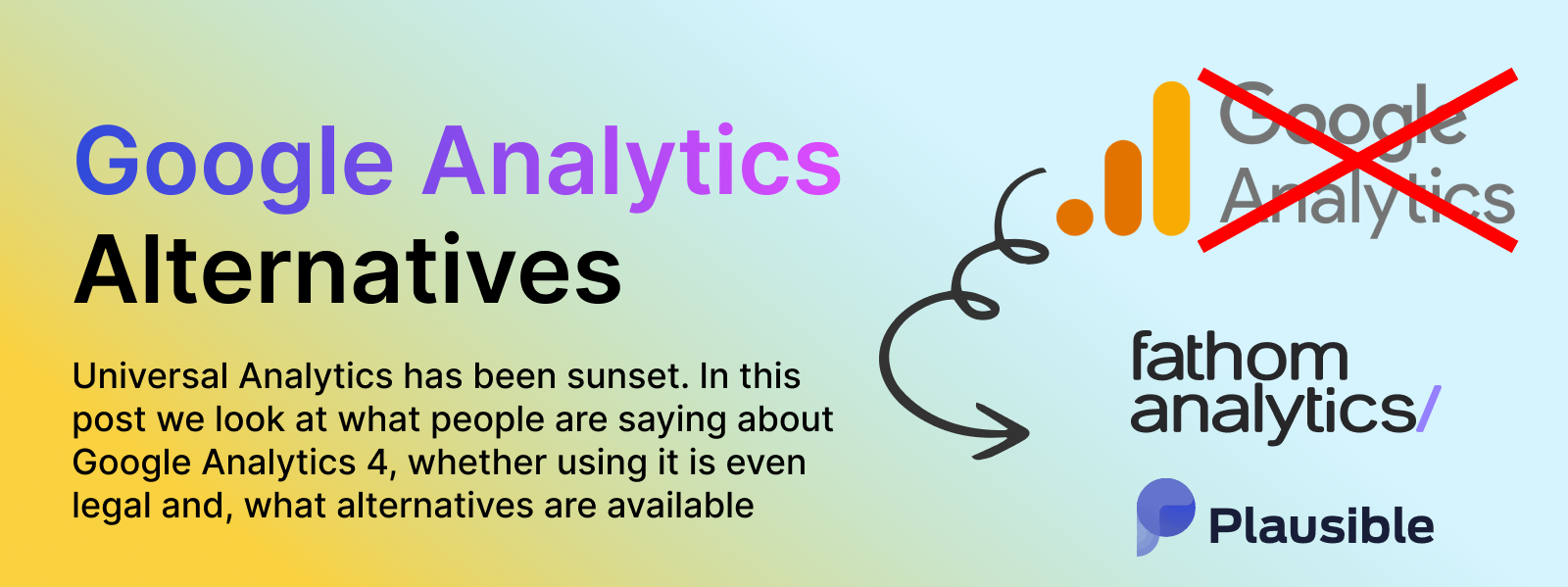Why Traditional Online Retail Marketing Needs a Complete Overhaul
The way people shop online has fundamentally shifted. What started as a surge in online shopping during 2020 has become the new normal, permanently changing how consumers browse and buy. The old playbook of bulk email campaigns, basic product pages, and broad advertising no longer works for today's savvy online shoppers. Businesses need to completely rethink their approach to connecting with customers online.
Take product discovery, for example. While people used to find products mainly through Google searches and website browsing, they now rely heavily on social media posts, trusted influencers, and personalized suggestions. This means that just focusing on SEO and traditional ads misses crucial ways that modern shoppers find and evaluate products. Smart retailers now spread their efforts across social selling, influencer partnerships, and technology that shows each shopper relevant items.
The Pitfalls of Outdated Practices
Many online stores hurt their growth by sticking to old methods that don't work anymore. Mass email blasts that get ignored or filtered as spam, websites that show everyone the same products - these approaches not only fail to engage shoppers but can actually damage how people view your brand. Today's customers expect stores to understand their specific interests and preferences.
Embracing the New Era of Personalization
This is where tools like PureClarity make a real difference. Their AI technology helps create custom shopping experiences by suggesting products based on each person's browsing and adding product recommendations to emails featuring items they're likely to want. It's like giving every customer their own personal shopping assistant who knows exactly what they're looking for.
Data-Driven Insights for Strategic Advantage
Modern retail marketing must be guided by solid data about customer behavior. By analyzing how people browse, what they prefer, and what they buy, stores can better predict what shoppers want and personalize every interaction. PureClarity provides tools to turn customer data into practical insights that help stores make smarter decisions. Understanding why customers make certain choices lets retailers fine-tune their messaging and focus their marketing budget where it matters most. Good data doesn't just help collect information - it helps create marketing that really connects with customers and drives sales.
Building a Social Commerce Engine That Actually Converts

Social media has evolved far beyond just sharing posts and building followers - it's now a key sales channel for online retailers. With global eCommerce sales expected to hit $6.3 trillion in 2024, businesses need to focus on converting social followers into paying customers. This means carefully selecting the right platforms and creating content that drives sales, not just engagement.
Choosing the Right Platform for Your Audience
Each social platform offers unique benefits for different types of businesses and customer groups. Take Instagram - its visual focus and built-in shopping features make it perfect for products that rely on strong imagery. Retailers can use shoppable posts and Instagram Shopping to let customers buy items directly through posts and stories. TikTok, on the other hand, works best for brands willing to create fun, authentic video content that fits the platform's style. Its short video format can help products go viral, especially with younger shoppers.
Content is King, Engagement is Queen
Good content forms the foundation of social selling success. You need to really understand what your target customers care about and create posts they'll want to engage with. For example, if you sell outdoor gear, sharing beautiful photos of hiking trails and camping spots will connect better than basic product shots. Getting customers involved through questions, polls and contests helps build community too. You might ask followers about their favorite hiking spots or must-have camping gear - this sparks natural conversations and gives you insights into what products to promote.
Measuring Social ROI and Scaling for Success
Many retailers struggle to track whether their social media efforts actually drive sales. Using each platform's built-in analytics along with tools like Google Analytics helps measure key metrics like website traffic and revenue from social channels. This data shows which approaches work best so you can adjust your strategy. The right mix of analytics, automation and authentic engagement lets you expand your social selling while maintaining quality and building customer loyalty over time.
Email Marketing Mastery for Modern Retailers

Email continues to be one of the most effective ways to build lasting customer relationships in retail, even as social media grows in importance. The direct connection to interested customers makes email particularly powerful for generating repeat sales and fostering brand loyalty. But basic newsletters alone won't deliver results anymore - success requires careful attention to personalization and strategy.
Segmentation: Beyond the Basics
The foundation of effective email marketing lies in knowing your audience inside and out. Rather than just dividing customers by age or location, dig deeper into their actual behaviors and preferences. Look at what they've bought before, which products they browse most often, and how they interact with your emails. This insight lets you craft messages that truly connect. For instance, send your running enthusiasts updates about new athletic gear and local races, while sharing design inspiration and special offers with customers browsing home furnishings. When you match content to specific interests, engagement naturally follows.
Automation that Feels Personal
Smart automation helps you scale personalized communication without losing the human touch. Tools like Klaviyo make it simple to create email workflows that respond to customer actions. Set up automated sequences for welcoming new subscribers, following up on abandoned carts, checking in after purchases, and suggesting products based on browsing history. This maintains consistent, relevant contact while saving you time. The key is making automated messages feel like natural conversations rather than robotic responses.
Content that Keeps Subscribers Engaged
Great content forms the heart of successful email marketing. Skip generic updates in favor of sharing real value with your subscribers. This could mean exclusive previews of new products, early sale access, helpful tips about using your products, or stories that showcase your brand's personality. Consider what information would genuinely interest your customers and shape your content around those needs. Clear calls to action and eye-catching visuals help drive engagement even further. When you focus on delivering substance over sales pitches, you build the kind of authentic connections that keep customers coming back. This focused approach to content helps turn casual browsers into loyal fans who actively look forward to your emails.
Creating a Cohesive Multichannel Strategy

The most effective online retail marketing combines multiple platforms to create a seamless customer experience. Just like an orchestra where each instrument plays its own part to create beautiful music, different marketing channels work together to engage customers at every touchpoint. When done right, this coordinated approach helps retailers connect with shoppers wherever they spend their time online.
Selecting the Right Channels for Your Business
The first step is choosing which channels make sense for your specific business and customers. Take time to research where your target audience spends their time. If you're targeting younger consumers, platforms like TikTok and Instagram should be priorities. For B2B sales, LinkedIn might be more valuable. Let the data guide your channel selection rather than trying to be everywhere at once.
Coordinating Messaging Across Platforms
After picking your key channels, focus on keeping your message clear and consistent while adapting the format for each platform. For example, a clothing retailer launching a new collection would highlight the same key benefits - style, comfort, quality - across all channels. But they'd showcase the products differently: eye-catching photos and short videos on Instagram, detailed product descriptions and special offers via email. This maintains brand consistency while playing to each platform's strengths.
Measuring Cross-Channel Performance
Regular measurement helps you understand how different channels work together to drive sales. Google Analytics and similar tools show important metrics like website visits, sales, and customer value across channels. This data reveals which channels deliver results and where to focus your budget. For instance, if social media brings lots of traffic but few sales, you might add shoppable posts or refine your ads to better convert those visitors into customers.
Building a Timeline for Optimization
Creating an effective multichannel strategy takes time and ongoing refinement. Start by focusing on the channels most likely to deliver quick wins, then gradually expand based on what the data shows. With eCommerce sales projected to hit $6.3 trillion in 2024, getting your multichannel approach right is crucial. Stay flexible and keep adjusting your strategy based on customer behavior and results. Test new approaches, analyze what works, and continuously improve to stay competitive as consumer habits change. Success comes from being willing to experiment while staying focused on delivering value to your customers.
Using Data to Build Smart Marketing Strategies
Making a successful online retail marketing plan requires more than just random ideas. It takes careful analysis of customer data to understand what works, improve campaigns, and increase sales. Just like reading a map to reach your destination, businesses must use their data to guide them through complex online sales decisions. When done right, analyzing data helps turn basic information into clear steps for growth.
Learning From Customer Behavior Data
Looking at how customers interact with your business reveals valuable insights. Each purchase, click, and website visit adds another piece to understanding who your customers are and what they want. By studying these patterns, you can spot trends that help shape better marketing plans. For example, when you notice certain products being viewed together often, you can create special bundle deals or suggest related items. This personal touch, based on real customer data, tends to increase order sizes while making shoppers happier and more likely to return.
Using Data to Predict What Customers Want
Going beyond past behavior, data can help you anticipate what customers might want next. Similar to how weather forecasters use patterns to predict tomorrow's weather, online stores can look at shopping history, seasonal trends, and popular items to guess what shoppers will buy. Tools like PureClarity use this information to automatically show personalized product suggestions to each customer. When you can predict and meet customer needs before they ask, they're more likely to buy and feel understood.
Tracking Success Through Numbers
Clear measurements help show if your marketing plans are working. Key numbers like website visits, sales rates, customer acquisition costs, and average order amounts tell you how well different strategies perform. By checking these regularly, you can see which approaches work best and which need adjustment. For example, if your social media posts bring lots of visitors but few sales, you can dig deeper to find out why and improve your social selling strategy. This ongoing process of measuring results and making changes helps get the most from your marketing budget.
Making Data Part of Daily Decisions
To really benefit from data insights, everyone in your company needs to understand and use them. This means giving your marketing, sales, and customer service teams access to important information and teaching them how to use it effectively. With online shopping growing rapidly, knowing how to collect and use customer data isn't optional anymore - it's essential for staying competitive and successful in online retail.
Future-Proofing Your Retail Marketing Strategy
Online retail continually evolves with new technologies and changing customer expectations. Success requires building adaptable strategies that can grow and shift with the market, rather than chasing short-term trends. The goal is to create a solid foundation that supports long-term growth while remaining flexible enough to seize new opportunities.
Adapting to the Evolving Consumer
Today's shoppers expect personalized experiences and meaningful connections with brands. In the past, a standard shopping experience was enough - now customers want interactions tailored specifically to them. This means using customer data thoughtfully to customize product suggestions and email content in ways that boost engagement. Building active social media communities also helps create loyal customers who champion your brand. The key is making each customer feel valued through relevant, personalized interactions.
Embracing Emerging Technologies
New tools are making online shopping more interactive and personal. AI, AR, and VR are becoming essential for creating better customer experiences and smoother operations. For example, PureClarity uses AI to customize product recommendations automatically while maintaining a personal touch. Customers are now even trying clothes virtually or browse digital stores from home. Staying current with these advances - and thoughtfully adding them to your strategy - helps maintain a competitive edge.
Building a Flexible Marketing Framework
A future-ready strategy needs flexibility to adapt as markets change. This means using multiple marketing channels and regularly testing new approaches. Like a diverse investment portfolio, spreading efforts across social media, email, influencer partnerships, and paid ads helps reduce risk and maximize potential returns. Regular analysis through Google Analytics shows which channels perform best, allowing quick adjustments based on real data. This balanced approach keeps marketing relevant as consumer habits and market conditions shift.
Prioritizing Customer Experience
Great customer experience forms the foundation of any lasting strategy. This covers every interaction - from browsing products to getting help after purchase. Look for ways to improve each step of the customer journey, whether that's making checkout faster, suggesting relevant products, or providing quick support. When you consistently deliver excellent experiences, customers stay loyal even as markets and technologies change.
Ready to build a more adaptable retail marketing strategy? PureClarity offers AI-powered tools that help create personal customer experiences and drive sales growth. Visit PureClarity today to learn more and request a demo.






